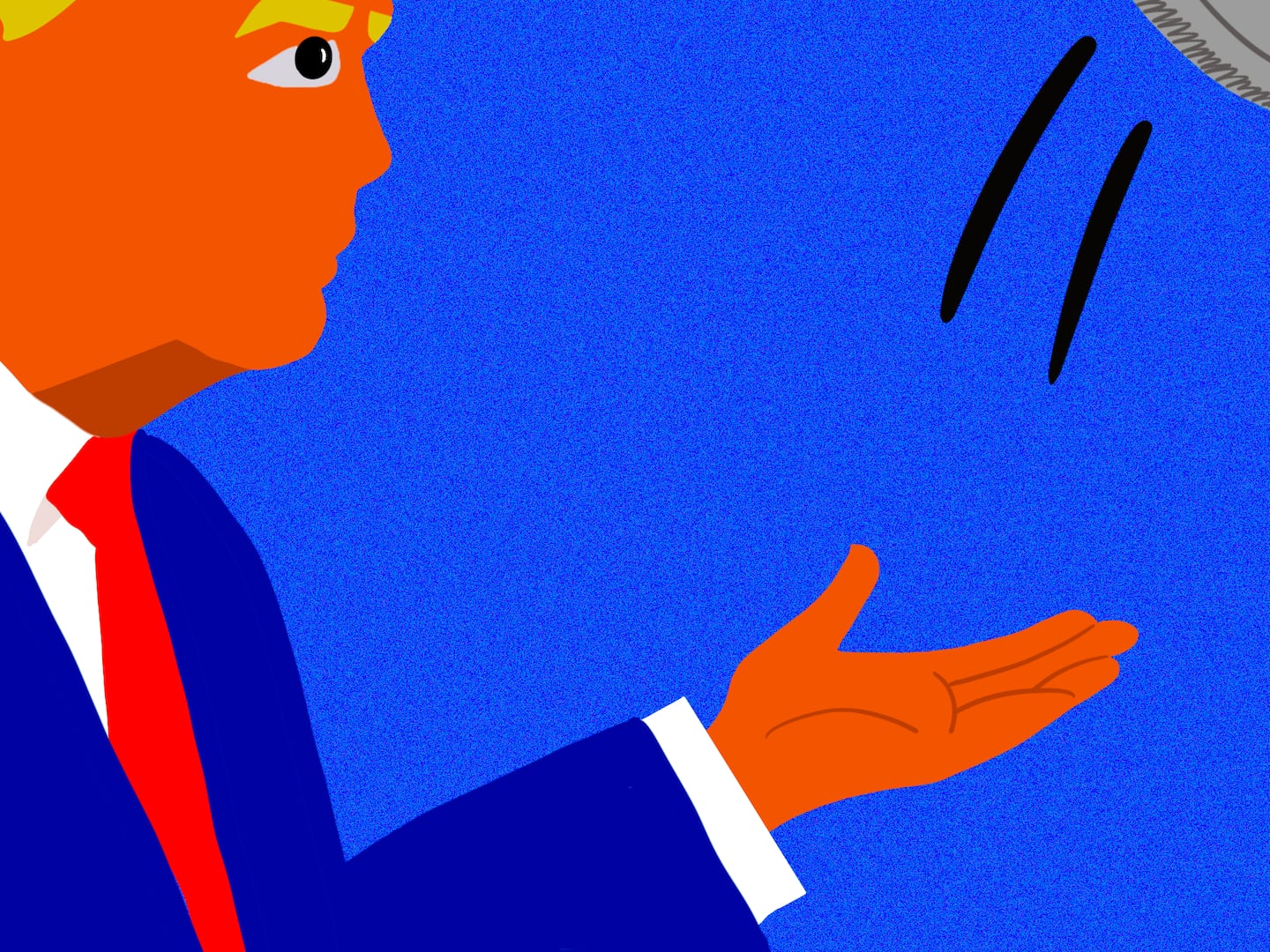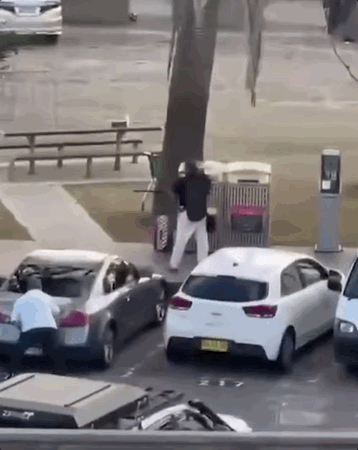NOTE: This is the latest installment of Beast Travel's series on underrated destinations, It's Still a Big World.
If you had arrived in the southern Ukrainian city of Mykolaiv before 1992, you would have been met at the outskirts by machine gun-wielding military police intent on preventing you from entering. That’s because this former Soviet secret city was a key center of military shipbuilding, producing the submarines, aircraft carriers, destroyers, and battleships at the heart of Soviet naval power. The city was completely off-limits, not just to foreigners, but even to the extended families of local residents.
Today, the shipyards produce more rust than military vessels. While Mykolaiv’s pivotal role in building the sea power of the Russian Empire and the USSR is openly accessible in its museums and monuments, it has yet to be discovered by most travelers from the West. It imbues the city with a ghostly resonance, as if the spirits of another era are always prowling around the corner.
But the city harbors another scintillating secret that’s hiding in plain sight: an unexpected diversity in language and culture. When you first arrive in this city, about two hours east of larger and better-known Odessa, everyone looks the same—white, Slavic, speaking the Russian language that’s ubiquitous in Ukraine’s south. But Mykolaiv is home to more than 130 ethnic and religious communities that have lived together peacefully for generations.
How was this mosaic created? In the second half of the 18th century Catherine the Great offered settlers incentives to move to the region, and in 1789 Prince Grigory Potemkin established Mykolaiv as a center of military shipbuilding. Jews and Muslims arrived promptly to support the nascent industry, Koreans sought agricultural jobs, and Germans helped create a commercial port.
But jobs were not the only impetus for diverse peoples to gather here. Over the next two centuries a considerable percentage of local residents had fled persecution or war in their home territories to find new homes in Mykolaiv. Turks escaped ethnic conflict in Uzbekistan, Georgians departed from the war-torn Abkhazia region, and Yazidis eluded genocide in the Middle East. Bulgarians, centered in the city’s large Ternovka district, found a welcome refuge in Mykolaiv. And more recently, those fleeing the conflict in Ukraine’s east or the annexation of Crimea also settled here.
At first, the Soviet Union looked kindly on the preservation of cultural identity and supported native language instruction, theater, and dance. But over time, the party line changed, and national identity was forthrightly suppressed and punished. In Mykolaiv, for example, Poles, Bulgarians, and Jews were threatened for using their own languages and blocked from choice jobs.
Want more Daily Beast travel stories? Sign up for our weekly newsletter here!
In the post-Communist era, these restraints have largely been erased, and the communities enthusiastically gather in a yearly Druzhba (Friendship) Festival, parading through the downtown in elaborate, traditional dress, brandishing the colorful flags of the nation states they once hailed from. After arriving at the Regional Palace of Culture, they break into energetic song and dance and offer carefully crafted samples of regional cuisine that are highly prized by onlookers.

Across Central Avenue, the main street with a park and a promenade in the middle, is the Museum of Shipbuilding and Fleet, which offers ample insights into the city’s long history of naval construction, including the powerful warships designed specifically to thwart American military might. From the Museum, visitors can stroll to the Ingul River, where an inventive mosaic of Potemkin looms above an improvised community meeting spot called Pontoon. Steps away, an aging pedestrian bridge provides a unique vantage point to view one of the largest shipyards, named after 61 Communards. The bulky and awkward yellow cranes sometimes inexplicably swing around despite the fact that the shipyard is no longer in use. In the summer, young boys dive from the bridge into the contaminated water below, fishermen fan out along its banks, and kayakers and windsurfers are plentiful.

Across the bridge lies Peremogy (Victory) Park, including an assortment of Soviet-era tanks and military vehicles beloved by parents who perch their young children at the controls and snap photos. Nearby are several monuments marking the contributions of Mykolaiv to the Soviet Union’s intervention in Afghanistan. And the Park is home to a statue of a Cossack warrior, one of the independent horsemen who roamed the steppe and whose influence on the culture and history of Ukraine continues to the present day. If you’re lucky, you may come across a reenactment of Cossack traditions, including firearm and archery competitions, on the river banks.
Back on the other side of the Ingul, it's a short stroll to the walls of the padlocked shipyard, with its Soviet realist art trumpeting the advances of Communism, from railroads to warships to atomic energy, along with monumental depictions of heroic workers. In keeping with Ukraine's "decommunization" laws, a relief of Lenin was finally smoothed over with plenty of fresh cement, but much of the wall's historic content still remains, including large-scale lettering proclaiming, "this factory builds Communism."
Similar traces of the past abound. In a nearby playground, a painted sign declares, “Glory to Working Hands!” And even though Ukraine’s longest pedestrian street was renamed “Soborna” years ago, almost everyone still calls it “Sovietskaya.” This pleasant avenue offers a balanced mix of moderately priced products and higher-end clothes and gifts, along with the chance to stroll, people watch, grab an ice cream or a cocktail, attend an art opening at Spasska 45 Gallery, or catch a performance at the Theater of Russian Drama.
Further from the city center lies the zoo, allegedly the best in Ukraine. After encountering the vocal tiger, the collection of exotic birds, and the farm animals in the petting zoo, it’s worth wandering outside the gates to a memorial that remembers the origins of this site as a Jewish cemetery and the location of a World War II-era massacre. If inspired, cross the avenue to visit the main city cemetery, in tumultuous decay, and take note of the Eastern Slavic tradition of eating and drinking by the graves of their ancestors.
But Mykolaiv itself is only part of the story. The former secret city is also a gateway to a rich tapestry of nearby attractions. Head north, and you will soon come upon Buszky Gard National Park, a deep canyon of the Southern Bug River that offers a panoply of outdoor sports, including kayaking, climbing, and camping. This area was once a settlement of Zaphorizian Cossacks, who protected the border from intruders and built a church on Gardove Island. These irreplaceable archaeological and recreational sites are threatened by a plan to flood the park to provide cooling water for geriatric nuclear reactors in Yuzhnoukrainsk, but a unique coalition of veterans, academics, and environmentalists is fighting the plan.

A short drive away is the Strategic Missile Forces Museum in Pervomaisk, a former nuclear command center and silo that housed long-range nuclear missiles with names like “Satan” targeted at the United States. In the wake of Ukraine’s agreement in 1990 to give up its sizeable cache of nuclear weapons, the missiles were removed and the silos were filled with mud, but the remaining infrastructure at the museum emphatically demonstrates that Mykolaiv Oblast was at the center of the Cold War’s grimmest moments.
To the southeast, in Kherson Oblast, lies the only “semi-desert” in all of Europe—Oleshky Sands, with its towering dunes hemmed in by a forest planted to contain its growth. The dunes rise one after another in a disorienting manner, so be careful to take note of landmarks. Further down the road, a glowing red lake known as Syvash takes shape, its unique color the result of minerals in the water. And beyond is the Sea of Azov, a vast, shallow body of water that connects to the Black Sea. This area has many resorts, like Genichesk, that make it easy for visitors to soak in hot springs and then leap into the cooler waters of the sea.
To the southwest is a startlingly important piece of history—the remains of one of the northernmost Greek settlements, Olvia. Accessible by an hour-long marshrutka (minibus) ride on Ukraine’s notoriously potholed roads, this prosperous city was active from the 7th century B.C. to the fourth century A.D. Outlines of temples to Greek gods and other ancient buildings fill the landscape, and it’s relatively easy to find shards of pottery or other ancient artifacts on the park grounds. Olvia is an ongoing inspiration to the innovative husband-wife artist team of Vladimir Bakhtov and Tetyana Bakhtova, whose multidisciplinary works, all drawing on the region’s Greek origins, are created in a nearby studio.
It’s only a few minutes further to Ochakov, a small port city with a sandy beach that provides ferry access to Kinburn Spit, a windswept peninsula that separates the estuary of the Southern Bug and Dnieper Rivers from the open Black Sea. Its lush beaches are not to be missed, especially in the early to mid-summer, when the waters are warm and the jellyfish are less plentiful.
Lolling about on the beach, it’s hard to remember that this region still slumbers in a post-Soviet doldrums. Mykolaiv’s shipyards are shuttered, jobs are in short supply, pensions are minuscule, and the future is uncertain. But this region brought more than 130 ethnicities together in communal bonds, forging peace and cooperation that has lasted for generations.
Today, Mykolaiv eagerly embraces foreign travelers who might be lured from nearby Odessa to a city that lacks the luxuries of the better-known metropolis to the west, but makes up for it with Cold War intrigue and astonishing diversity. The region’s treasures are no longer guarded by the military, but for most travelers in the post-Soviet world, they remain top secret.






